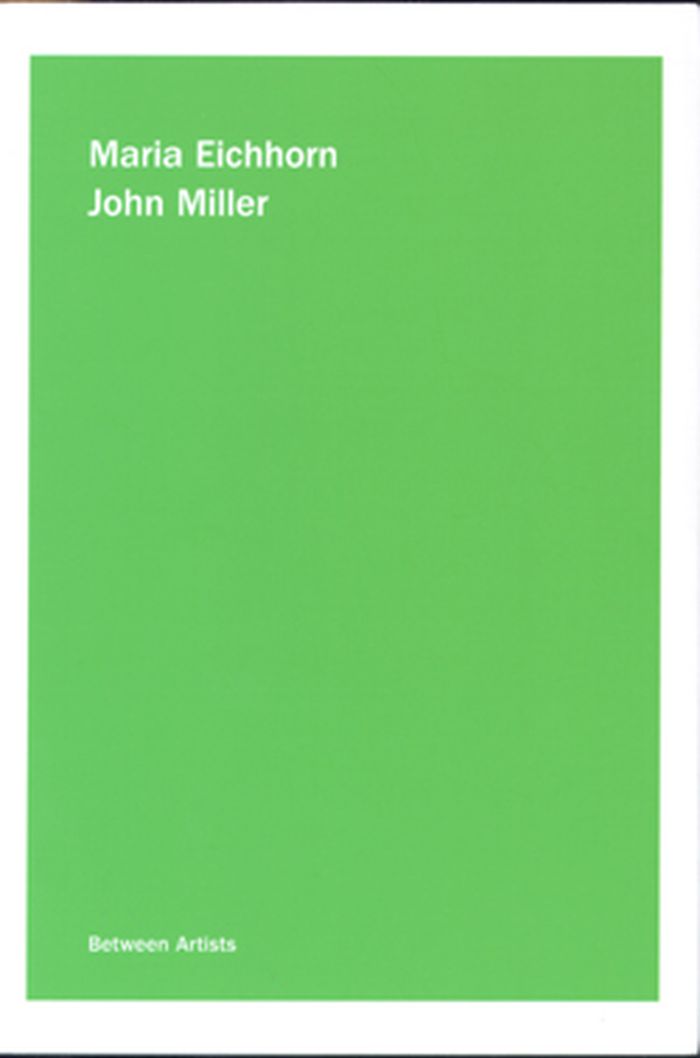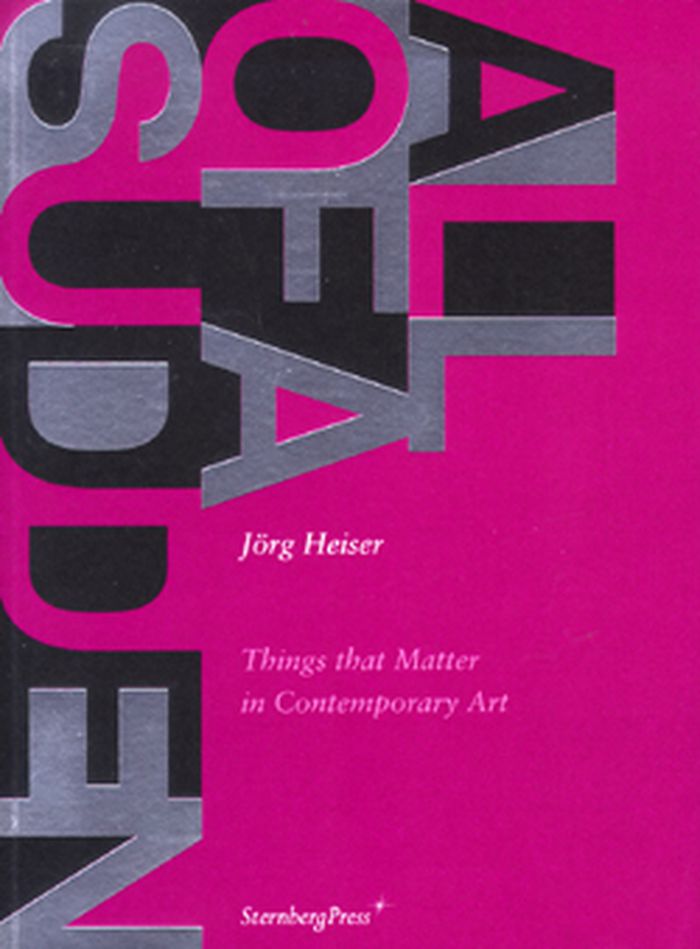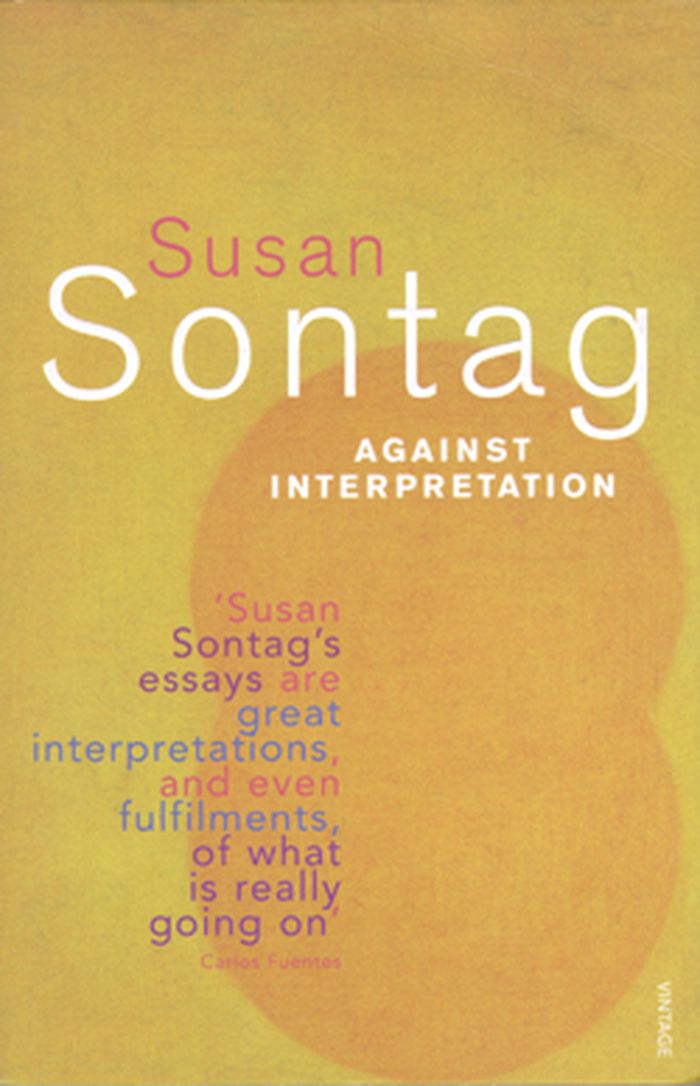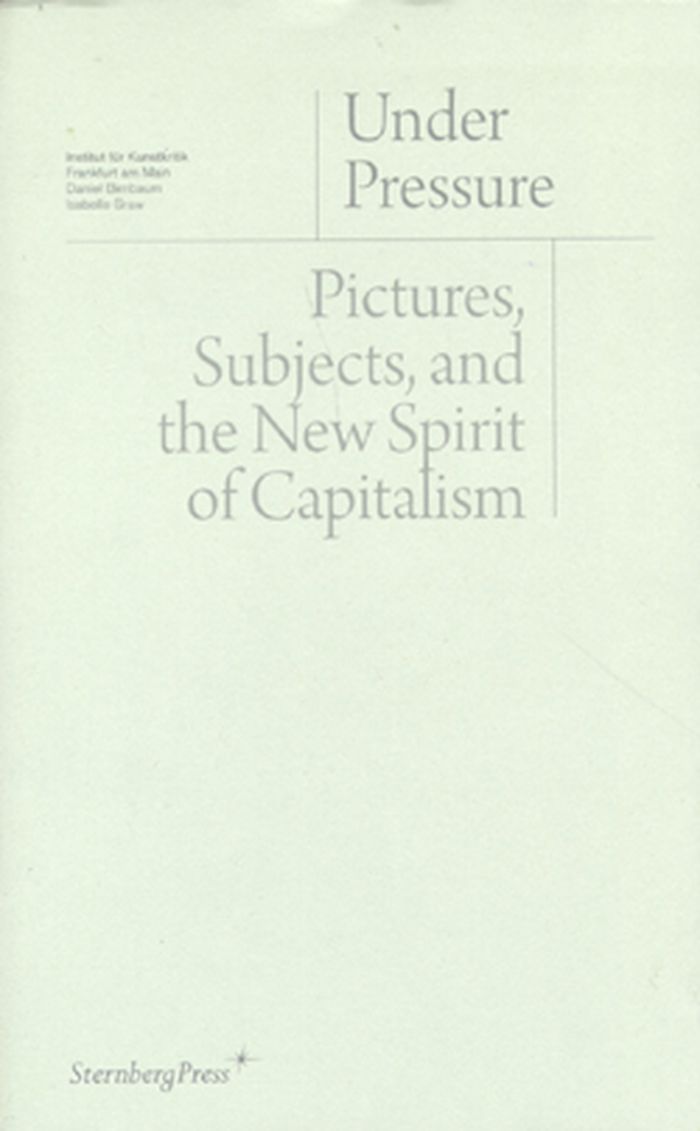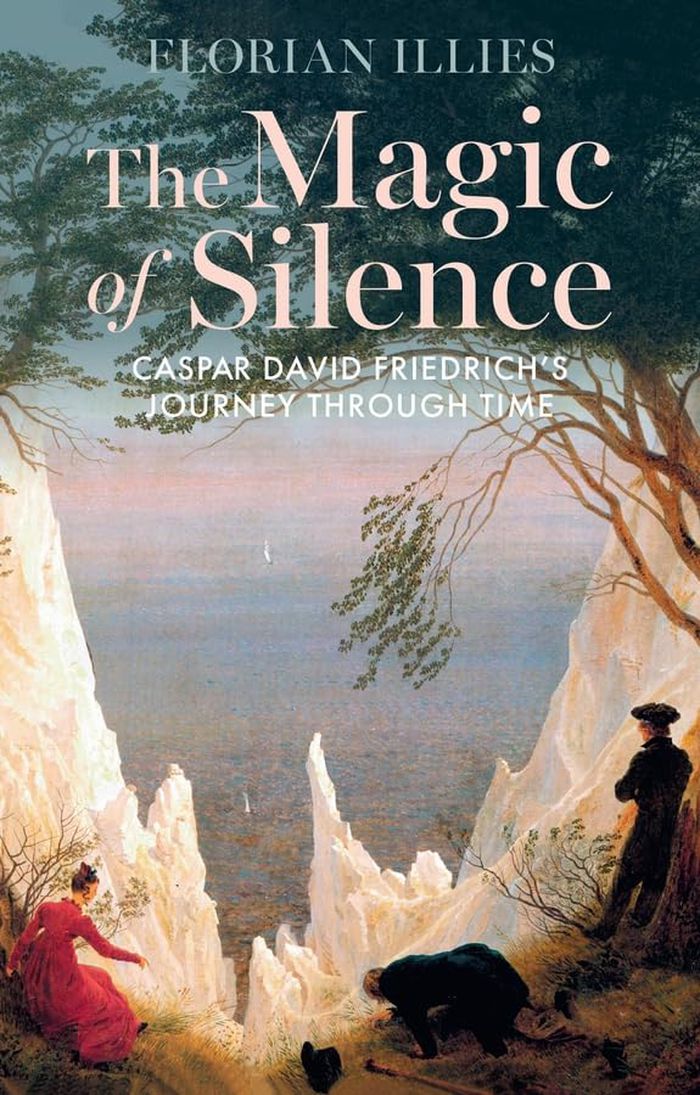livres
$28.50
(disponible sur commande)
Résumé:
A former anthropologist, the author has, since the late 1970s, forged an interface between critical writing and a visual art practice in which feminist and postcolonial cultural politics are fused with idiosyncratic explorations of science, magic and the continuing lure of psychoanalysis. This comprehensive volume compiles previously published essays, interviews, papers,(...)
The provisional texture of reality
Actions:
Prix:
$28.50
(disponible sur commande)
Résumé:
A former anthropologist, the author has, since the late 1970s, forged an interface between critical writing and a visual art practice in which feminist and postcolonial cultural politics are fused with idiosyncratic explorations of science, magic and the continuing lure of psychoanalysis. This comprehensive volume compiles previously published essays, interviews, papers, lectures and other ephemera which document Hiller's incisive interventions into contemporary debates on the shifting roles of art and theory.
livres
septembre 2008
Théorie de l’art
$15.00
(disponible sur commande)
Résumé:
Art Resources Transfer, Inc. is a nonprofit organization dedicated to establishing a more egalitarian access to the arts through publishing and the free distribution of contemporary art books to public library and schools in underserved communities nationwide. Between Artists is a series of conversation based books that document different positions and strategies of(...)
Between artists: Maria Eichhorn, John Miller
Actions:
Prix:
$15.00
(disponible sur commande)
Résumé:
Art Resources Transfer, Inc. is a nonprofit organization dedicated to establishing a more egalitarian access to the arts through publishing and the free distribution of contemporary art books to public library and schools in underserved communities nationwide. Between Artists is a series of conversation based books that document different positions and strategies of contemporary, critical visual practice. These conversations provide an opportunity for artists to speak clearly about their practice and give readers a better understanding of the power and relevance of the artists' voice in the discussion of larger social issues.
Théorie de l’art
$33.95
(disponible sur commande)
Résumé:
Since the mid-1990s, contemporary art has been booming like never before. There is more of everything - more artists, more collectors, more galleries, more art fairs, more museums, more biennials... with one exception: criteria with which the art of the moment can be understood, juged, praised and if needed damned. Jörg Heiser, co-editor of frieze magazine, provides a(...)
All of a sudden: things that matter in contemporary art
Actions:
Prix:
$33.95
(disponible sur commande)
Résumé:
Since the mid-1990s, contemporary art has been booming like never before. There is more of everything - more artists, more collectors, more galleries, more art fairs, more museums, more biennials... with one exception: criteria with which the art of the moment can be understood, juged, praised and if needed damned. Jörg Heiser, co-editor of frieze magazine, provides a sharp summary of contemporary art since Marcel Duchamp. Using many artworks as example, the author identifies some central ideas and artistic methods that seem important for understanding what fuels art's progress into the future.
Théorie de l’art
livres
$28.95
(disponible en magasin)
Résumé:
interview with Zowie Broach and Brian Kirkby of Boudicca / Chanel, Stravinsky, and Musical Chic / Fabricating identities: survival and the imagination in Jamaican dancehall culture / Index of 'Fashion Theory Journal' by Hazel Clark
Fashion Theory: the journal of dress, body & culture
Actions:
Prix:
$28.95
(disponible en magasin)
Résumé:
interview with Zowie Broach and Brian Kirkby of Boudicca / Chanel, Stravinsky, and Musical Chic / Fabricating identities: survival and the imagination in Jamaican dancehall culture / Index of 'Fashion Theory Journal' by Hazel Clark
livres
juin 2008, London
Théorie de l’art
livres
$29.00
(disponible sur commande)
Résumé:
This, the first of three volumes of Susan Sontag's journals and notebooks, begins with journal entries and early attempts at fiction from her years as a university and graduate student, and ends in 1964, when she was becoming a participant in and observer of the artistic and intellectual life of New York City.
Susan Sontag: reborn, journals & notebooks 1947 - 1963
Actions:
Prix:
$29.00
(disponible sur commande)
Résumé:
This, the first of three volumes of Susan Sontag's journals and notebooks, begins with journal entries and early attempts at fiction from her years as a university and graduate student, and ends in 1964, when she was becoming a participant in and observer of the artistic and intellectual life of New York City.
livres
septembre 2008, New York
Théorie de l’art
Against interpretation
$19.00
(disponible sur commande)
Résumé:
Against interpretation is a selection from Susan Sontag's early writings about the arts and contemporary culture. The book quickly became a modern classic and has had enormous influence here and abroad. As well as the title essay, 'On Style', and the famous 'Notes on Camp', the book includes discussions of such figures as Sartre, Simone Weil, Georg lukacs, Lévi-Strass,(...)
Against interpretation
Actions:
Prix:
$19.00
(disponible sur commande)
Résumé:
Against interpretation is a selection from Susan Sontag's early writings about the arts and contemporary culture. The book quickly became a modern classic and has had enormous influence here and abroad. As well as the title essay, 'On Style', and the famous 'Notes on Camp', the book includes discussions of such figures as Sartre, Simone Weil, Georg lukacs, Lévi-Strass, Artaud, Genet, Brecht, Beckett, Bresson and Godard.
Théorie de l’art
$22.95
(disponible sur commande)
Résumé:
Under Pressure gathers together the contributions to the same-titled conference held at the "Institut fuer Kunstkritik from 2006 to 2007". Can "exit" and "disobedience", as envisioned by Virno, be considered as options from an artistic point of view? And what would an insistence on "status" or long-term projects as invoked by Boltanski/Chiapello look like if artists(...)
Théorie de l’art
janvier 1900, Berlin, New York
Under pressure : pictures, subjects, and the new spirit of capitalism
Actions:
Prix:
$22.95
(disponible sur commande)
Résumé:
Under Pressure gathers together the contributions to the same-titled conference held at the "Institut fuer Kunstkritik from 2006 to 2007". Can "exit" and "disobedience", as envisioned by Virno, be considered as options from an artistic point of view? And what would an insistence on "status" or long-term projects as invoked by Boltanski/Chiapello look like if artists were to take on this strategy? How much can one count on pictures alone, as Mitchell seems to do? And, can pictures really change the "ways of worldmaking"?
Théorie de l’art
$25.00
(disponible en magasin)
Résumé:
In these six essays, Mitch Speed plumbs the ambivalences that at once fuel and plague art. Written over the last fifteen years, in parallel to Speed’s work as an art critic, the essays forward ways of writing, which might be better equipped to trace art’s role in life, from personal intricacies to looming political questions. Each piece proceeds through a specific theme,(...)
Closeness eats time: Six essays inside art
Actions:
Prix:
$25.00
(disponible en magasin)
Résumé:
In these six essays, Mitch Speed plumbs the ambivalences that at once fuel and plague art. Written over the last fifteen years, in parallel to Speed’s work as an art critic, the essays forward ways of writing, which might be better equipped to trace art’s role in life, from personal intricacies to looming political questions. Each piece proceeds through a specific theme, for example: the art world’s relationship to socioeconomic injustice, the beguiling return of found objects to contemporary art, the devolution of art criticism into a branch of the communications industry, and how we can better understand art’s meanings, by attending closely to the words of the people who make it.
Théorie de l’art
$105.00
(disponible en magasin)
Résumé:
Surrealism was not only an international artistic movement, but also a political one. Its members denounced European colonial policy, opposed fascist regimes, fought for the Spanish Republic, were persecuted, went into exile, and died in war. They wrote poetry, deconstructed the language of a supposedly rational world, worked on paintings, collective drawings, took(...)
Surrealism and anti-fascism: An anthology
Actions:
Prix:
$105.00
(disponible en magasin)
Résumé:
Surrealism was not only an international artistic movement, but also a political one. Its members denounced European colonial policy, opposed fascist regimes, fought for the Spanish Republic, were persecuted, went into exile, and died in war. They wrote poetry, deconstructed the language of a supposedly rational world, worked on paintings, collective drawings, took photographs, and made collages. Surrealism was associated with later emancipatory concerns not as a style, but as a method, and was taken up by the student protests of the 1960s and the Black Liberation Movement. This catalogue is published on the occasion of an exhibition at the Lenbachhaus Munich. In the form of an anthology, it presents pivotal texts and manifestoes of political Surrealism from its beginnings to current references in art and politics. It thus offers a valuable contribution to revising the still narrowly defined Surrealist canon.
Théorie de l’art
$34.00
(disponible en magasin)
Résumé:
In a sweeping journey through time, bestselling author Florian Illies tells the story of Caspar David Friedrich’s paintings and their impact on subsequent generations. Many of his most beautiful paintings were burned, first in his birthplace and then in World War II; others, like the Chalk Cliffs on Rügen, emerge from the mists of history a hundred years after(...)
The magic of silence: Caspar David Friedrich's journey through time
Actions:
Prix:
$34.00
(disponible en magasin)
Résumé:
In a sweeping journey through time, bestselling author Florian Illies tells the story of Caspar David Friedrich’s paintings and their impact on subsequent generations. Many of his most beautiful paintings were burned, first in his birthplace and then in World War II; others, like the Chalk Cliffs on Rügen, emerge from the mists of history a hundred years after Friedrich's death. Illies recounts the story of how Friedrich's paintings ended up at the Russian czar's court, others among a pile of winter tires in a Mafia car repair shop, and others still in the kitchen of a German social housing apartment. Adored by Hitler and Rainer Maria Rilke, despised by Stalin and by the generation of 68, this compelling narrative dances through 250 years of history as seen through Friedrich’s art and life. As a result, the man himself becomes flesh and blood before our very eyes.
Théorie de l’art
